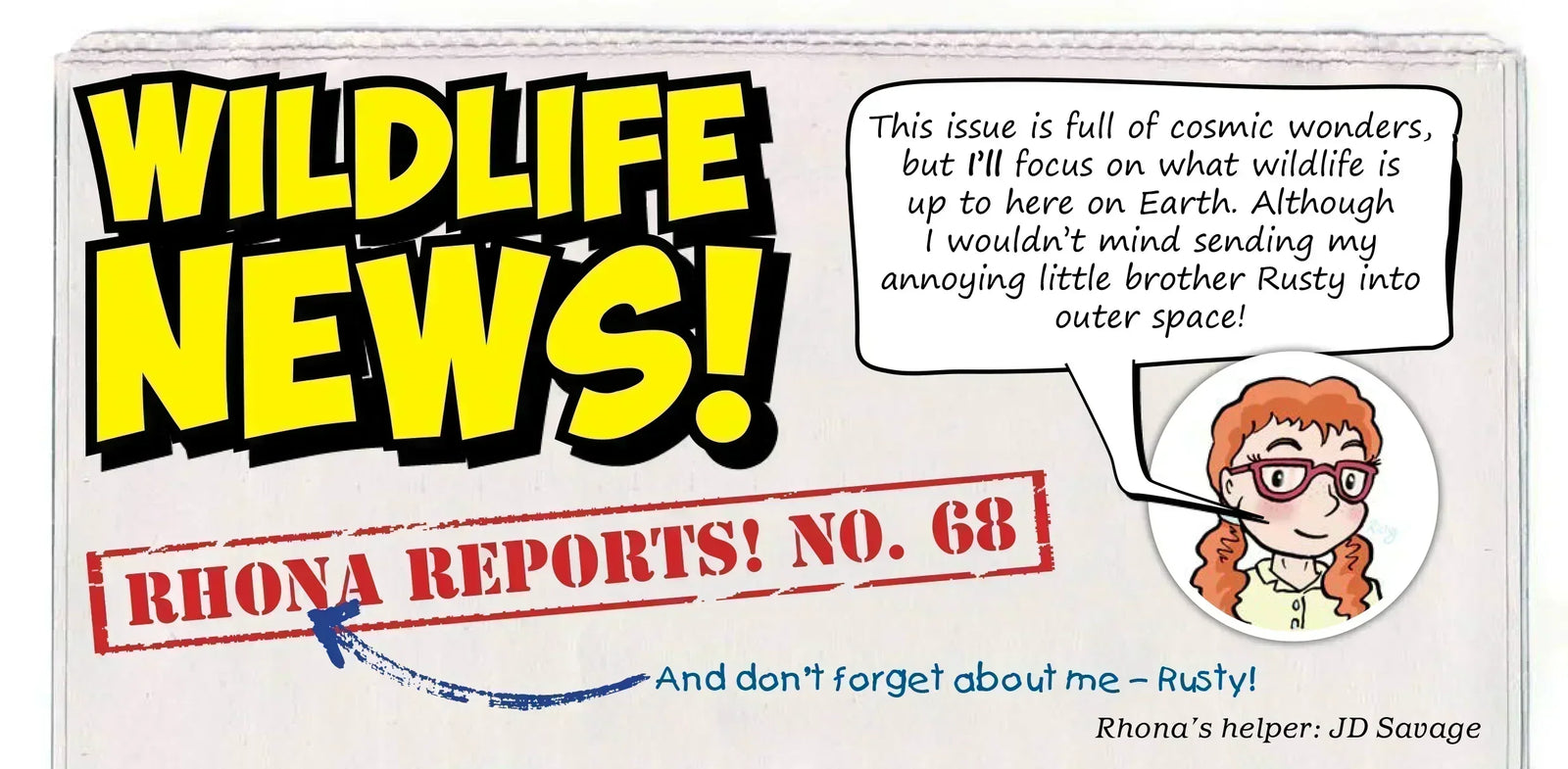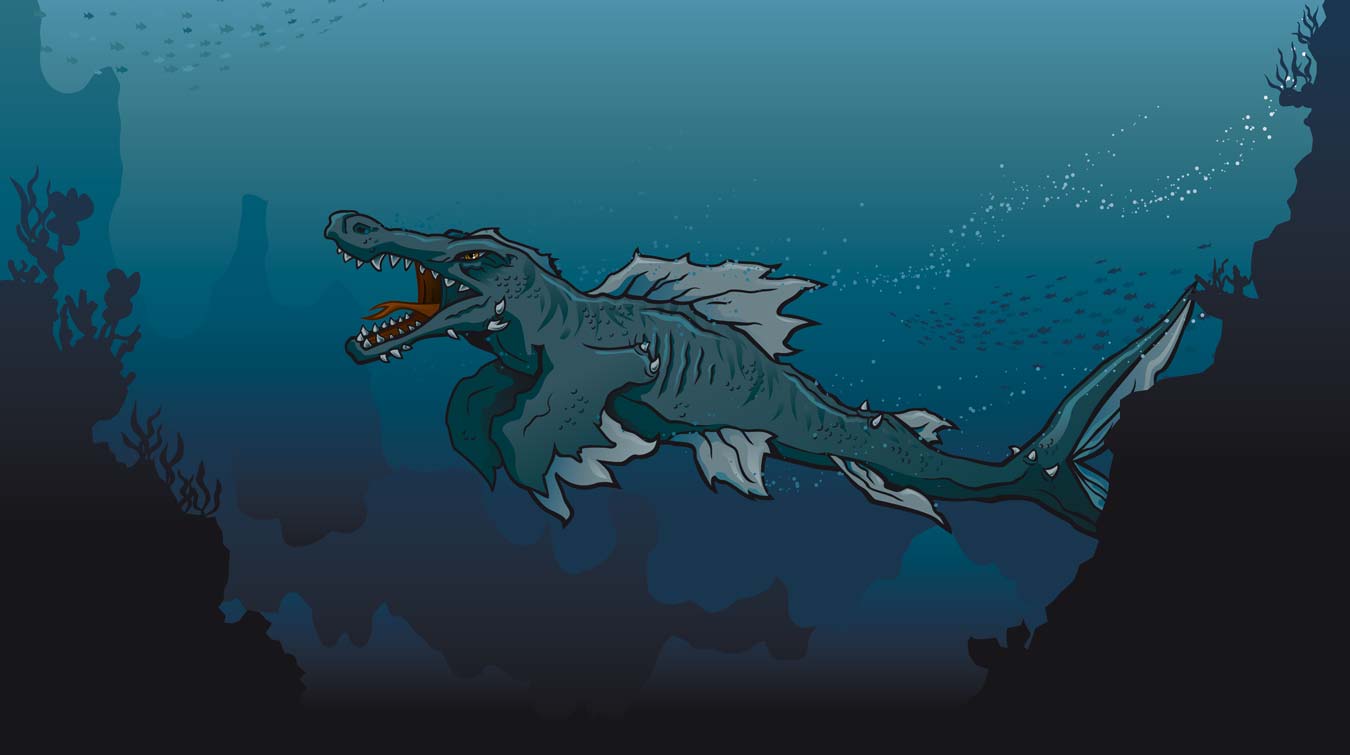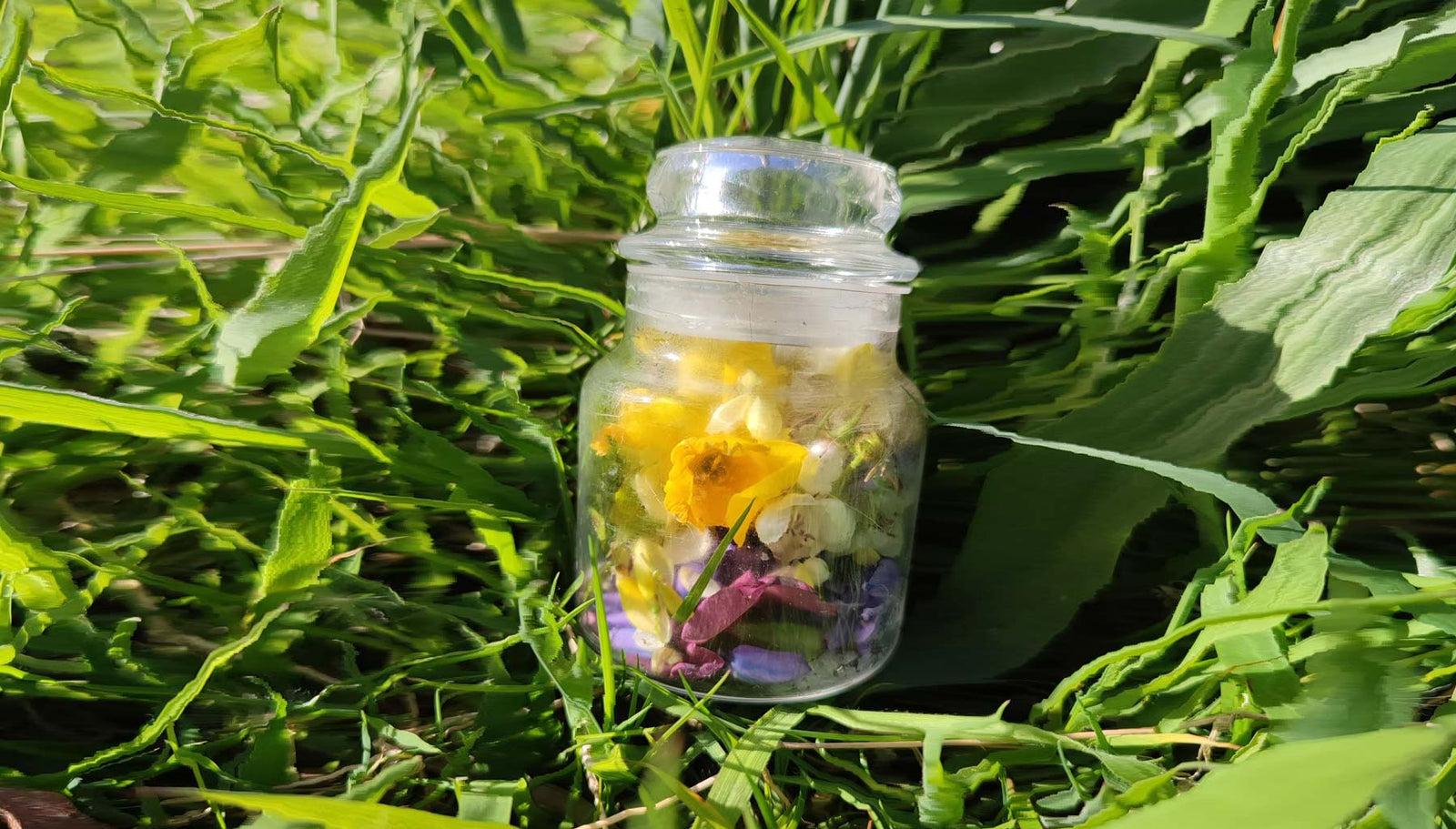Your Cart is Empty
This simple and fun activity is a fantastic hands-on activity to understand the difference between absorption and reflection.
Step 1: Blow up the white balloon but leave it untied at the end.
Step 2: Insert the black balloon into the white balloon. This may be a little fiddly, so ask an adult to help you. Make sure you can still access the end of the black balloon to blow it up.
Step 3: Blow up the black balloon until it is half the size of the white balloon, then tie up the end. Now you can push the black balloon all the way into the white balloon.
Step 4: Tie up the end of the white balloon. Both of your balloons should now be secure and not deflate when you let go.
Step 5: Find a sunny, warm spot outside (conservatories also work well). Hold your magnifying glass so that it focuses the sunlight on to the black balloon inside. The black balloon will get very hot. Wait for a few minutes... and pop! The black balloon will burst inside the white one!
 Due to the white balloon’s almost transparent colour, most of the light and heat is passed through its surface, which stops the balloon from heating up. This happens all around you – when the sun travels through a pair of glasses or a window, for example. However, the black balloon doesn’t reflect any light or heat. Instead, it absorbs light energy and becomes really hot. This heat makes the bonds of the balloon weaken until it can no longer contain the oxygen inside, making it burst!
Due to the white balloon’s almost transparent colour, most of the light and heat is passed through its surface, which stops the balloon from heating up. This happens all around you – when the sun travels through a pair of glasses or a window, for example. However, the black balloon doesn’t reflect any light or heat. Instead, it absorbs light energy and becomes really hot. This heat makes the bonds of the balloon weaken until it can no longer contain the oxygen inside, making it burst!
Comments will be approved before showing up.
Here’s a sneak peek straight from our latest issue of Eco Kids Planet, Wonders Beyond Earth. Wildlife News is where Rhona and Rusty round up the wildest real-world stories from across the planet. Enjoy the read! 🌎 Amazing Photo Entries! The Wildlife Photographer of the Year team gave me a sneak...
We asked you to dive deep into your imagination and invent a mysterious sea creature – and you didn’t disappoint! From glowing krakens and ancient owls to daring underwater adventures, your stories were packed with suspense, surprises and creativity. Thank you to everyone who took part – we’re thrilled to announce our four winning stories.
From dragon spit to moonbeam dew – our readers brewed up some truly magical nature potions this month! We’re thrilled to reveal the winning entries of our latest competition. Discover the most imaginative ingredients, spellbinding names, and powerful nature-inspired concoctions created by our talented young Eco Kids.



